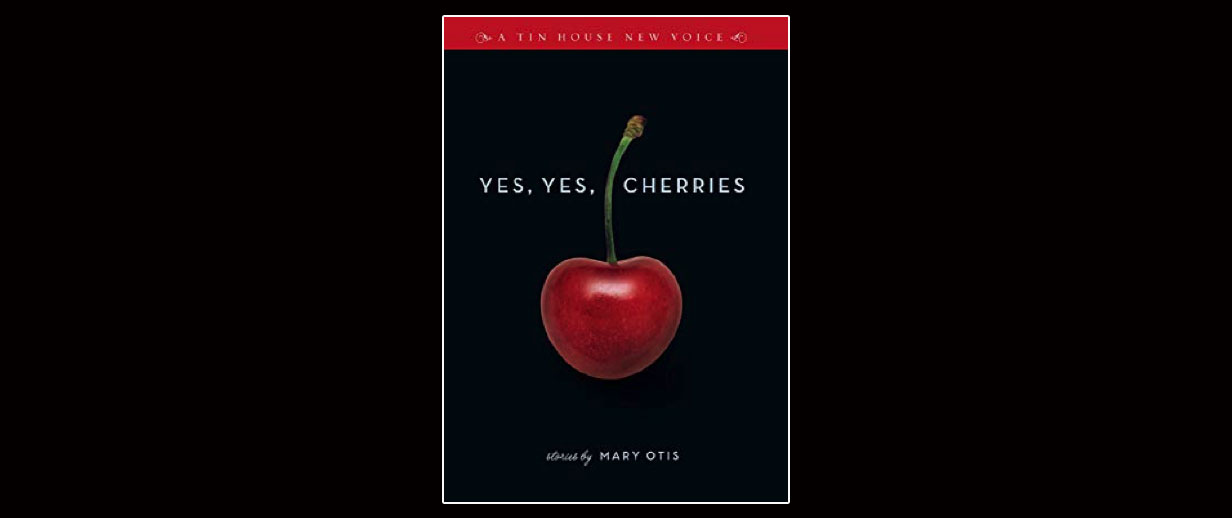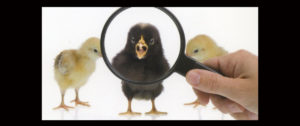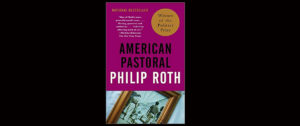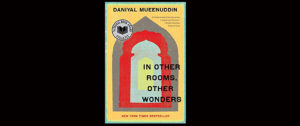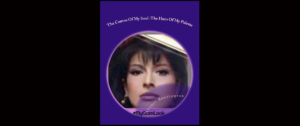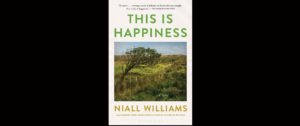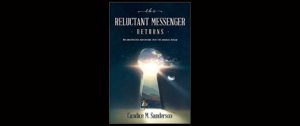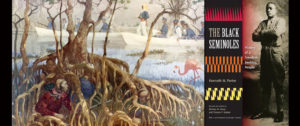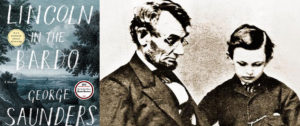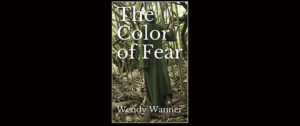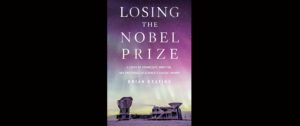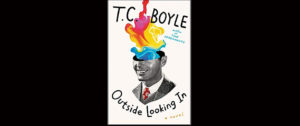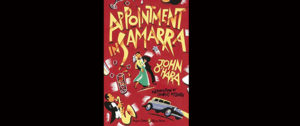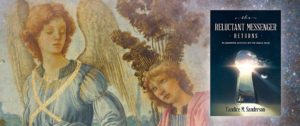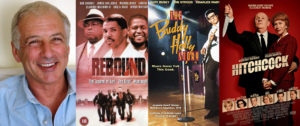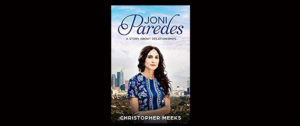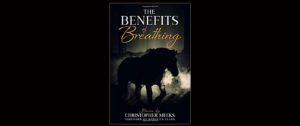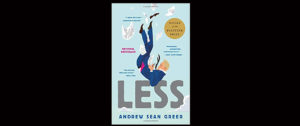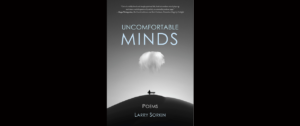Yes, Yes Cherries is a gorgeous volume of ten short stories by Mary Otis, an award-winning author and a professor of fiction in the University of California Riverside MFA program. According to her publisher’s blurb on the inside front-cover flap, “Truth lies in life’s extremes in Mary Otis’s elegantly crafted stories about women . . .” Indeed, the stories are elegant. In fact, in the conclusion of this review I describe them with equal if not greater well-deserved superlatives. Where I take exception with her publisher’s praise is with its description of the stories as being about life’s extremes. What Otis achieves with these stories is less global—they’re not about every-day extremes of just any ordinary person’s life—and therefore significantly more profound as these stories are linked in two exceptional and extraordinary ways that should delight and enlighten its readers: a distinct authoritative charming-disarming literary voice and, more importantly perhaps, the connected and at times over-lapping rendering of the disordered personalities of her point-of-view and other significant characters.
Susan Sontag decried a dearth of portrayal of illness in literary fiction. Of course, some novels brilliantly display a main character’s illness. Examples of note include Parkinson’s disease suffered by Alfred Lambert in Jonathan Franzen’s The Corrections, bi-polar disorder suffered by Leonard Bankhead in The Marriage Plot by Jeffery Eugenides, and consumption suffered by Marantha Waters in San Miguel by T.C. Boyle. Yes, Yes Cherries equals if not surpasses these achievements by stunningly portraying disordered personalities in nine characters across ten stories. Does this disorder bear a name? I venture to say that it does: Asperger’s Syndrome. Without naming it, Otis reveals and shows her characters’ disability, often by sharing their non-sequitur thoughts with a delicate humor that reveals the challenges and tragedies to fit into society.
What is Asperger’s? According to the Autism Society of the United Kingdom: “The characteristics of Asperger syndrome vary from one person to another, but for a diagnosis to be made, a person will usually be assessed as having had persistent difficulties with social communication and social interaction; and people with Asperger syndrome see, hear and feel the world differently than other people—it is not an illness or disease and cannot be cured.” These descriptions encapsulate the characters and their lives in Yes, Yes, Cherries.
By way of example, one such character is Allison, who in “Welcome to Yosemite” is a first-grade teacher who is busted by her teaching assistant and fired for repeatedly incorrectly teaching her students how to tell time. Allison explains to the six-year old’s in her calss that time standing still is a byproduct of insomnia. As the story is told only from Allison’s point of view, the reader can only know Allison’s thoughts, and in Allison’s mind, for her principal, Mrs. Brock, this teaching-the-telling-of-time gaffe is a bridge too far. The consequence of Allison’s transgression is, “Possibly, a pack of children would, for the rest of their lives, rush and slow to no avail.” This attempt at humor, this dismissive, interpretation of the reason for her being fired must be the product of Allison’s disordered personality. In short, Allison is sympathetic but clueless.
In “Stones” we meet Allison again. She has moved on from teaching first-graders and from her marriage to her no-good husband who’s taken up with their neighbor in plain view but behind Allison’s back, given her distorted perspective. On a lunch break, in the local library, Allison encounters her ex, his new girlfriend, and the girlfriend’s young daughter. Allison runs, tries to avoid detection, but when she is discovered outside the building, she heaves a stone at her ex. She misses her target, the stone instead hitting the young girl.
At the outset of “Stones,” Allison has landed a job as a receptionist in a company that sells gold-mine investments. “It’s been rumored that there are no gold mines. Still, clients arrive, often overweight men with worn maps in hand, the type who will drive all night for a little shot at great fortune.” It comes as a shock to Allison, but not the reader, when she shows up to work one day to find that her employer’s business has been shuttered by the Securities and Exchange Commission.
Perhaps there is hope for Allison. She drives directly to the home office of her worthless therapist to explain that she cannot continue the treatment.
“Perhaps you’re not ready for this kind of work,” her therapist says.
“No, it’s not that,” Allison replies. “I lost my job today and I wanted to tell you in person.”
The therapist, who’s been drinking, persists. “But I have some new ideas for you, I thought of them today.”
Allison leaves and five minutes later, on a winding canyon road in the rain, she collides with an oncoming car. Though the cars are totaled, neither driver is seriously hurt. When the police arrive, in a rush of jumbled thinking Allison says to Officer Chalmers, “I’ve cracked my car, and I’ve tried to leave my therapist, but now I had to ask her to come get me, and I accidently threw a rock at my ex-husband’s daughter, well, possibly daughter-to-be, and we broke up not too long ago, and the company I worked for has been busted by the SEC.”
“These things happen,” says Chalmers. “And they happen all the time to everyone.” Is this a joke at Allison’s expense? No, it’s a sympathetic statement about the plight of all of Mary Otis’s characters in Yes, Yes, Cherries. Humor masking pathos.
The writing in Yes, Yes Cherries is beautiful. Especially considering Otis’s apt portrayal of a rare disorder, I give this important collection five stars. I favorably compare these stories to the playful and absurd fiction of Aimee Bender, to the psychologically chilling characters of Chekov, to the nuanced epiphanies of Joyce.
Five stars, hands down. Unequivocally, I highly recommend this book.

